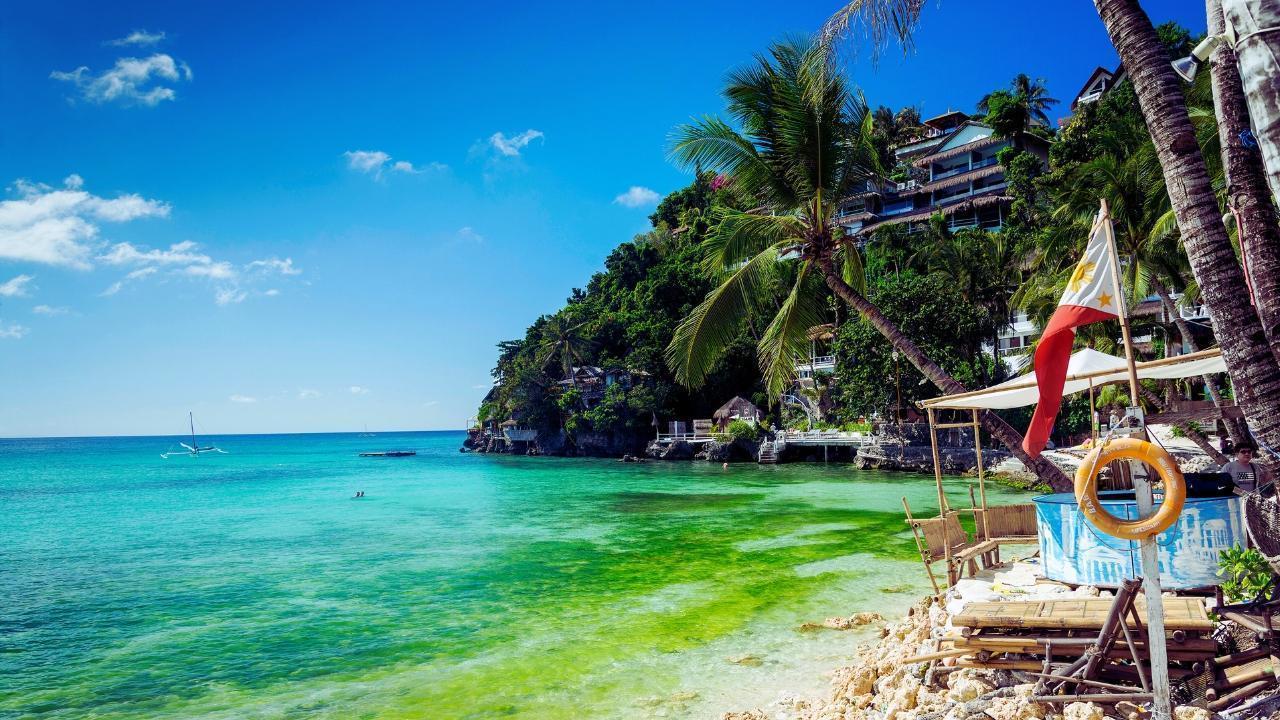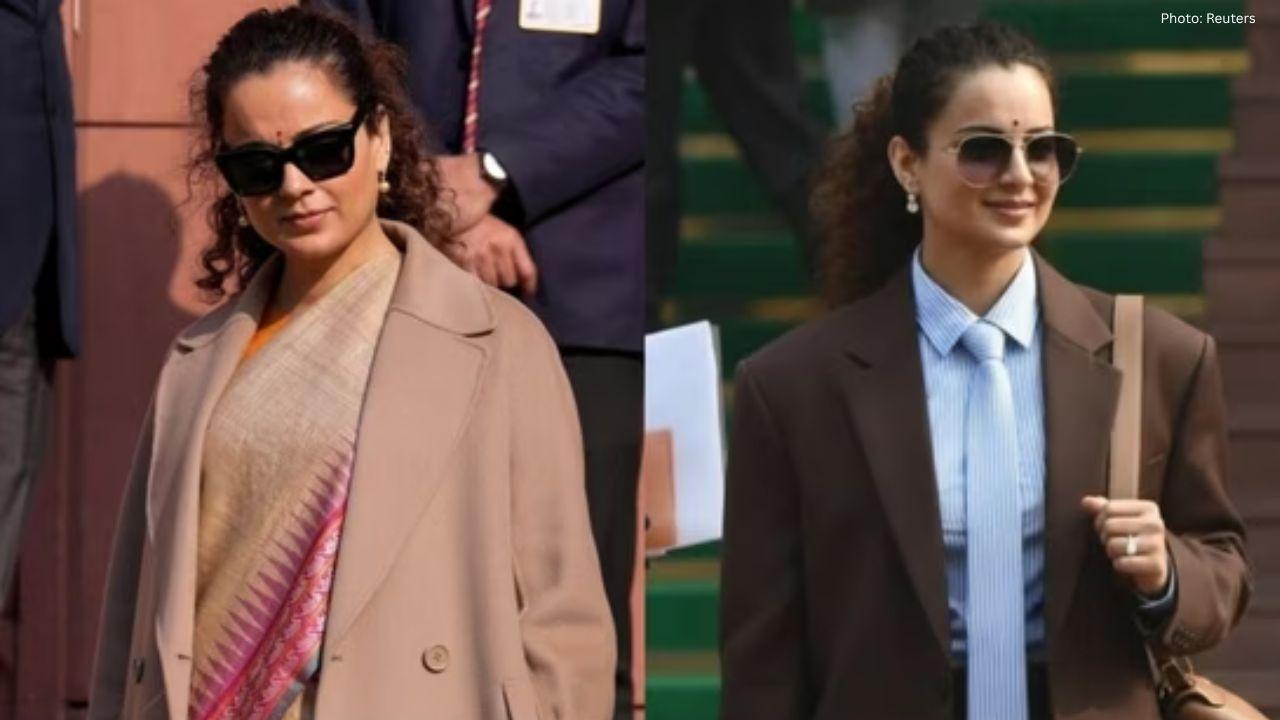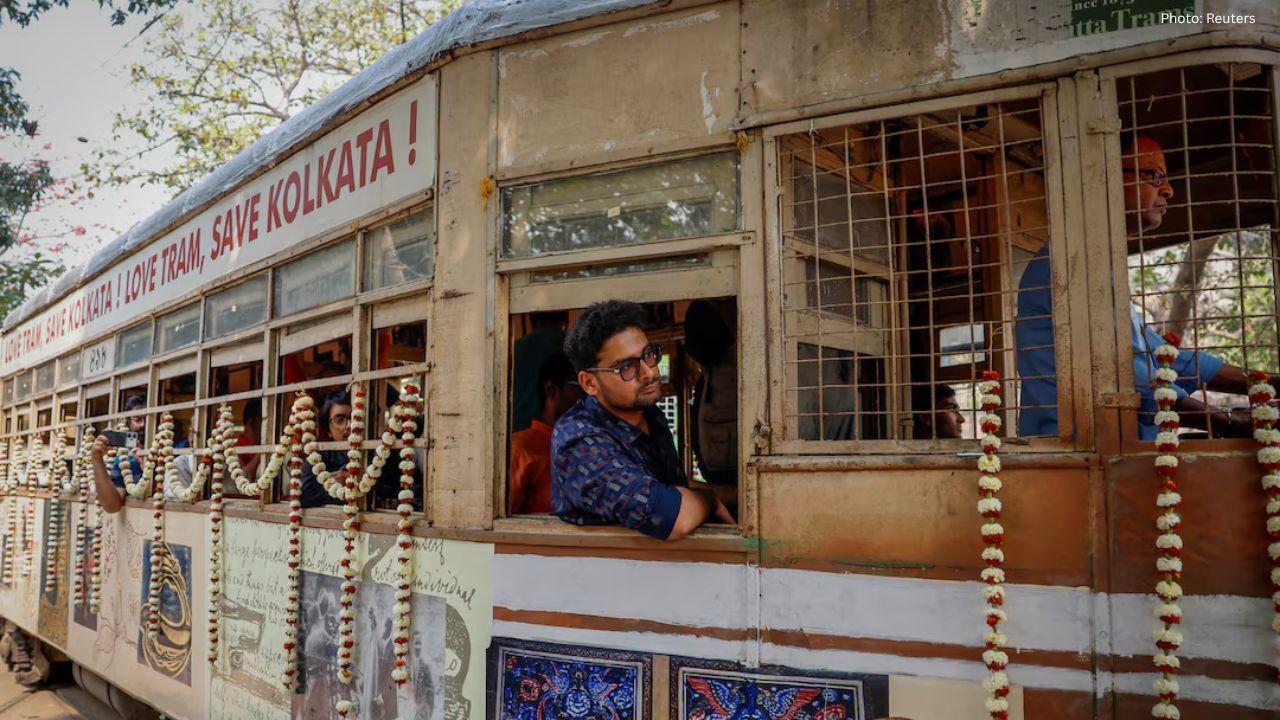You have not yet added any article to your bookmarks!

Join 10k+ people to get notified about new posts, news and tips.
Do not worry we don't spam!

Post by : Anis Farhan
The Philippines has long been recognized for its breathtaking beaches, lush landscapes, and warm hospitality. However, beyond the well-known destinations like Boracay, Cebu, and Palawan, a quieter revolution is taking place. Remote islands scattered across the archipelago are being transformed into luxury travel hotspots, drawing elite travelers from around the globe. These islands, once untouched and rarely visited, are now becoming centers of high-end tourism, offering exclusivity, privacy, and world-class experiences that rival other premier global destinations.
Sustainable luxury tourism is at the heart of this transformation. Investors and developers are working closely with local communities to ensure that growth in these regions preserves natural beauty and cultural heritage. The result is a unique blend of luxury and authenticity that appeals to discerning travelers who seek more than just a vacation—they seek an experience.
Modern travelers, especially post-pandemic, crave isolation and privacy without compromising on comfort. The Philippines’ remote islands offer just that—secluded beaches, private villas, and exclusive yacht charters. Destinations like Siargao’s quieter islets, Batanes, and the far-flung Calamian Islands are now on the radar of international luxury travelers. Unlike overdeveloped hotspots, these islands remain pristine, making them highly desirable for those seeking exclusivity.
Global hospitality brands and boutique luxury operators are expanding into these remote locations. High-end resorts are introducing villas with infinity pools overlooking turquoise waters, spa retreats rooted in Filipino healing traditions, and curated culinary experiences featuring local flavors. Private airstrips and helicopter services are being established to make these islands more accessible to wealthy travelers.
Investors are particularly focusing on sustainable architecture—using bamboo, reclaimed wood, and solar power to build eco-friendly yet luxurious accommodations. This approach not only preserves the environment but also creates a sense of harmony between nature and luxury living.
Unlike conventional tourism booms that often harm local communities, the Philippines’ approach to luxury island development emphasizes community-driven growth. Many resorts hire local staff, source ingredients from nearby farmers and fishermen, and support cultural preservation programs. Tourists are introduced to local traditions through curated cultural shows, craft markets, and guided village tours.
This strategy ensures that luxury travel does not remain an isolated bubble but integrates into the socio-economic fabric of the region. It also appeals to socially conscious travelers who want their vacations to have a positive impact.
Luxury travel on these islands is not limited to lounging by the beach. Visitors can explore coral reefs through guided diving expeditions, embark on private island-hopping tours, or trek through lush forests accompanied by expert guides. Experiences are designed to blend adventure with elegance—from sunset cruises with gourmet dinners to wellness retreats featuring yoga by the ocean.
This balance of thrill and relaxation makes the Philippines’ remote islands especially attractive to global travelers who seek diverse activities wrapped in comfort.
Tourism boards and international travel magazines are beginning to spotlight these destinations. The Philippines is now positioning itself as Asia’s next luxury island hub, similar to how the Maldives and Seychelles gained global recognition. The government’s investments in infrastructure, combined with private sector partnerships, are paving the way for long-term growth in this segment.
Luxury travel agencies in Europe, the Middle East, and North America have started promoting tailor-made packages for high-net-worth individuals, further boosting international interest. With Asia-Pacific being one of the fastest-growing luxury travel markets, the Philippines is strategically positioning itself at the forefront.
Despite the optimism, challenges remain. Climate change and rising sea levels pose a threat to low-lying islands. Over-tourism, if not managed properly, could damage delicate ecosystems. Ensuring consistent accessibility through airports, ferries, and private transfers is another hurdle. However, by focusing on sustainable, low-volume luxury tourism rather than mass-market growth, the Philippines can balance economic benefits with environmental protection.
As remote islands continue to evolve into luxury destinations, the Philippines is redefining its tourism identity. Beyond being a backpacker’s paradise or a family holiday spot, it is now emerging as a playground for the wealthy who value privacy, culture, and nature. If managed well, this transformation could create a new golden era for Philippine tourism—one that benefits both travelers and local communities.
The coming decade may well see the Philippines ranked alongside the world’s most prestigious island destinations, with its remote islands leading the charge.
This article is a general analysis of tourism trends in the Philippines. Developments may vary across regions, and travelers are advised to verify specific information before planning their trips.










Two Telangana Women Die in California Road Accident, Families Seek Help
Two Telangana women pursuing Master's in the US died in a tragic California crash. Families urge gov

Ranveer Singh’s Dhurandhar Roars Past ₹1100 Cr Worldwide
Ranveer Singh’s Dhurandhar stays unstoppable in week four, crossing ₹1100 crore globally and overtak

Asian Stocks Surge as Dollar Dips, Silver Hits $80 Amid Rate Cut Hopes
Asian markets rally to six-week highs while silver breaks $80, driven by Federal Reserve rate cut ex

Balendra Shah Joins Rastriya Swatantra Party Ahead of Nepal Polls
Kathmandu Mayor Balendra Shah allies with Rastriya Swatantra Party, led by Rabi Lamichhane, to chall

Australia launches review of law enforcement after Bondi shooting
Australia begins an independent review of law enforcement actions and laws after the Bondi mass shoo

Akshaye Khanna exits Drishyam 3; Jaideep Ahlawat steps in fast
Producer confirms Jaideep Ahlawat replaces Akshaye Khanna in Drishyam 3 after actor’s sudden exit ov